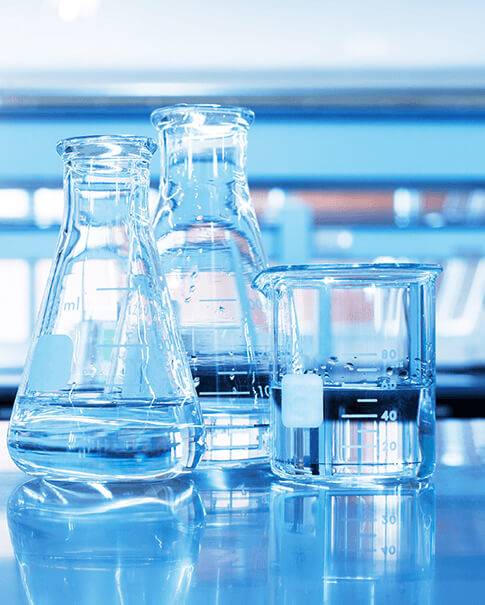What Are You Looking For?

The Ionicity of Polyacrylamide
Jan 15, 2024Polyacrylamide (PAM for short) is a polymer that does not have ionicity.
Polyacrylamide is a polymer compound synthesized from acrylamide monomer through polymerization reaction. Acrylamide monomer is obtained by the reaction of acrylate and amine. During the polymerization process, acrylamide monomer molecules are connected through covalent bonds to form a linear or cross-linked polymer structure.
Polyacrylamide itself is a non-ionic polymer, that is, there are no charged ions in its molecules. However, depending on different reaction conditions and monomer composition, polyacrylamide can introduce ionization by changing the functional groups in it. For example, positively charged amine groups or negatively charged acid groups can be introduced into acrylamide monomers to form cationic or anionic polyacrylamide.
The ionicity of polyacrylamide is usually described by its dissociation behavior in aqueous solutions. Cationic polyacrylamide has positive ionicity and can form an ionic cross-linked structure with anions. It is commonly used in water treatment, soil solidification and other fields. Anionic polyacrylamide has negative ionicity and can form an ionic cross-linked structure with cations. It is widely used in the sedimentation and cohesion of particles and suspended solids.
It should be noted that the ionicity of polyacrylamide can be achieved by regulating the monomer ratio, polymerization conditions, etc., so polyacrylamides with different ionic degrees can be produced.